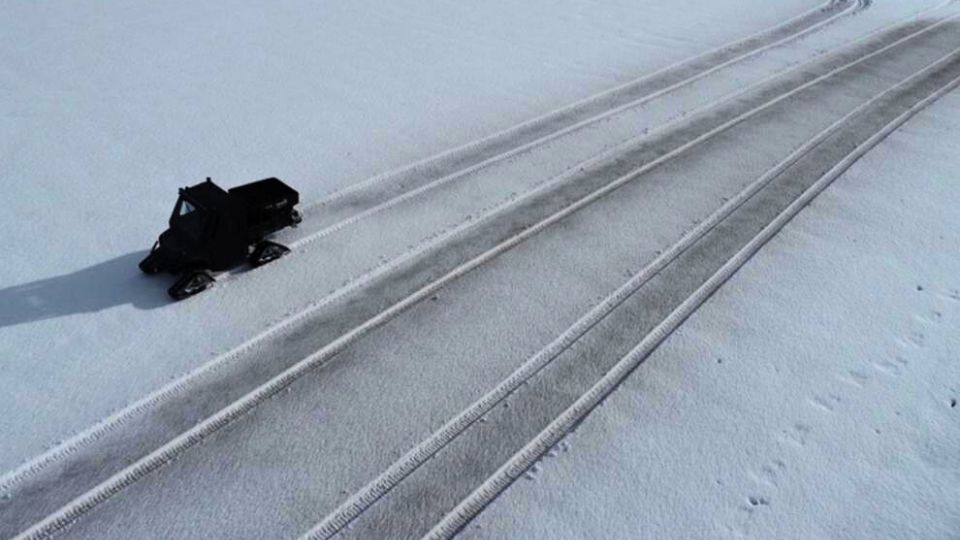As the Snow Melts

Last year, we worried about how we were going to water crops. Now, we’re worrying about how to get rid of snow and water for crops. It’s hard to believe.
Who would have guessed we would receive a record-breaking amount of snow? A snow-water equivalent of 30 inches, 3 inches more than the historic high set in 1983. We have seen avalanches and buildings collapse due to the weight of snow.
Other western states also received record snow levels. It was a rough time for cattle producers finding newborn calves in the snow and snowstorms. If you have fall grains planted, you will and should be worried about snow mold.
I was fortunate enough in my youth to have opportunities to speed-melt snow on winter wheat to prevent snow mold. Back then we used a Thiokol snowcat that had a sand spreader mounted on the back.
The first snowmelt research was conducted by Dr. Wade Dewey and Rex Nielson in 1968 to save his winter wheat research from snow mold in Logan. They determined that the rate of 100 pounds per acre of fly ash was the ideal rate to remove snow. Ray Cartee continued the research in the ’80s in Box Elder County, trying different products to melt snow.
The first time I was involved we used the ash from the old USU Heating Plant that was replaced in August 2002; after that we used petroleum coke to remove snow. This year, we found it difficult to find the products we had normally used and so we decided to try Humate, which we could find locally.
It’s been more than a decade since I have removed snow. The snowcat we used had fallen in disrepair and parts were difficult to find. Last fall the USU Greenville Farm manager put tracks on a side-by-side and added a salt spreader in the back as a future replacement. I also found that many of the individuals who taught me snow removal had retired and it was my turn to pass that knowledge gained along.
On Feb. 28 we began talking about removing snow on winter wheat research plots, and by March 14 we applied 100 pounds of humate to the acre. It melted 10-12 inches of snow in five days. The next month we applied Humate in Box Elder County on 24 inches of snow on winter wheat with the Box Elder County Extension agent. Some producers were also preparing to apply products to speed-melt snow in Box Elder County with a snowcat. The additional cost to production is about $40 an acre for a commodity that already has small profit margin.
At one time applying a snow-darkening agent on snow was common practice. A lot has changed, and further research will be conducted on speed-melting snow and an Extension Factsheet will soon be available.
Depending on where you are in the valley, you ether still have snow or you’re dealing with standing water, and some are between those two situations. Either way the magical date of April 15 has passed and every day that seed isn’t in the ground on small grains, you lose a bushel per acre per day.
A careful selection of crops with a reduced growing season and available markets will need to be assessed this year.
In February, I wrote about tracking reservoir levels, and the state will be moving high amounts of water this spring. Reservoirs are now preparing to receive spring melt and hopefully fill to capacity.
You may have seen other states in the west report that reservoir levels are increasing. The Gunlock Reservoir in southern Utah overflowed by March. I was able to see the reservoir overflow in 2019 and it is worth seeing. We are now preparing for flooding, and we are flooding in some areas of Utah already along the Wasatch Front.
USU extension has created a website with flood information at flood.usu.edu to provide homeowners, businesses, and others with resources on flood preparations.
Writer: Justin Clawson


 Utah 4-H & Youth
Utah 4-H & Youth